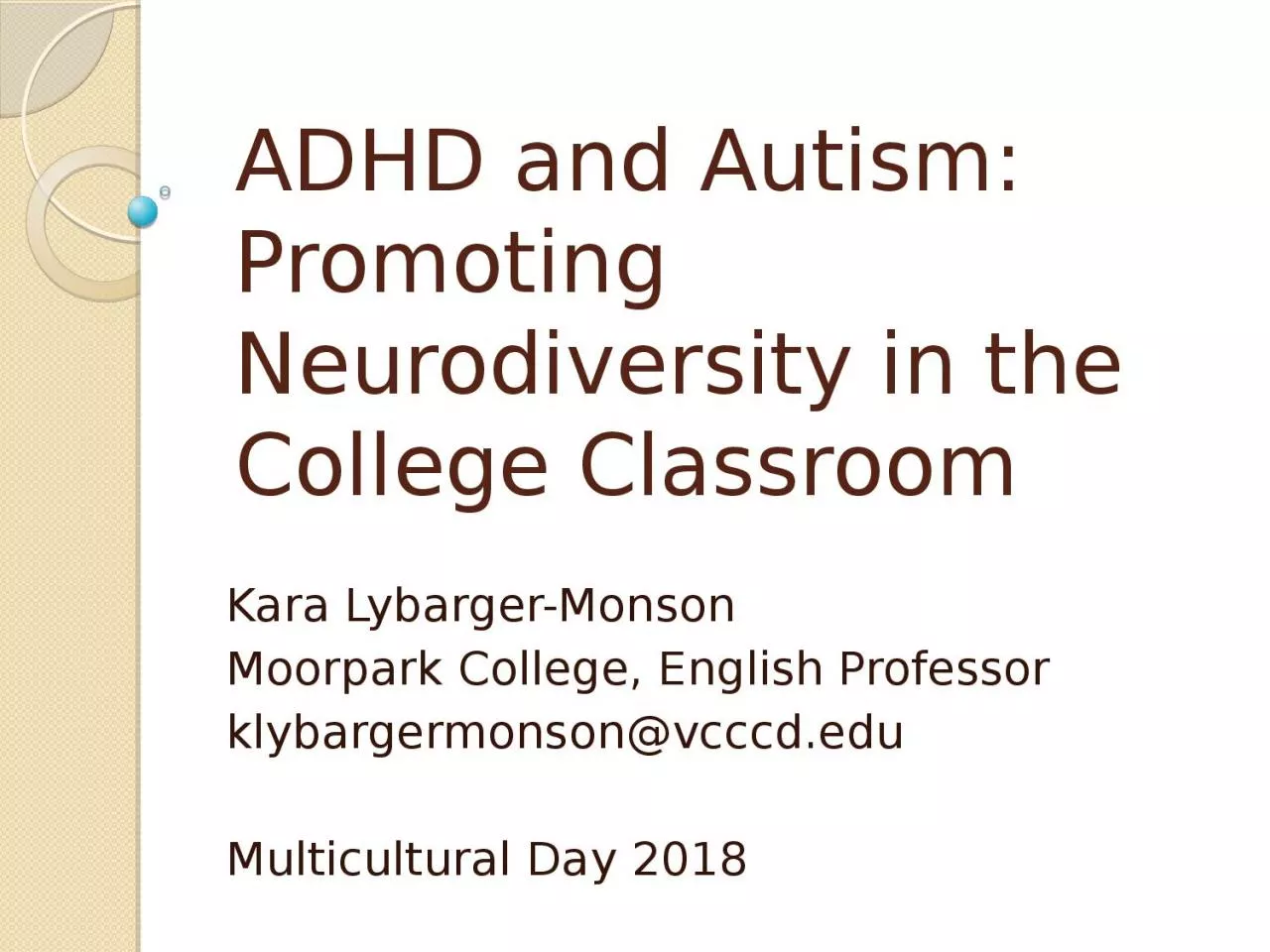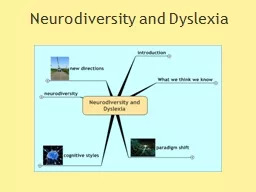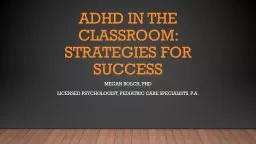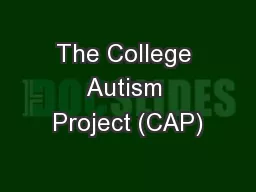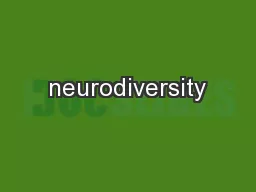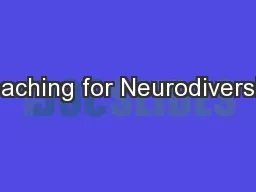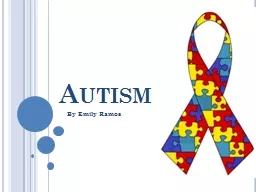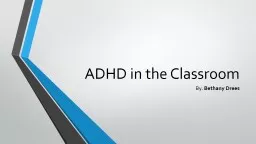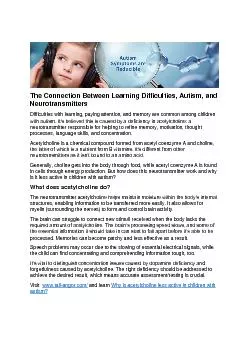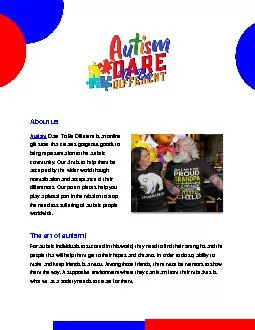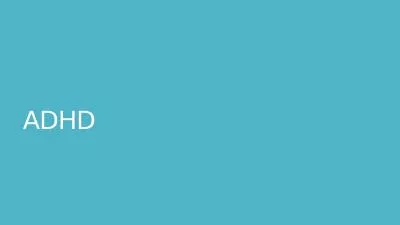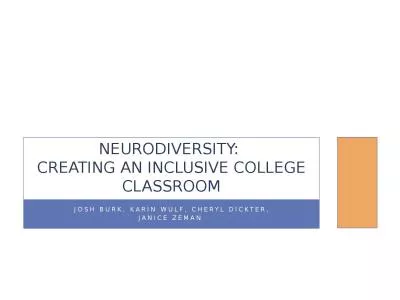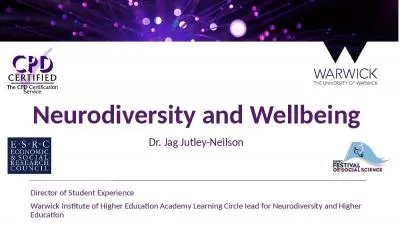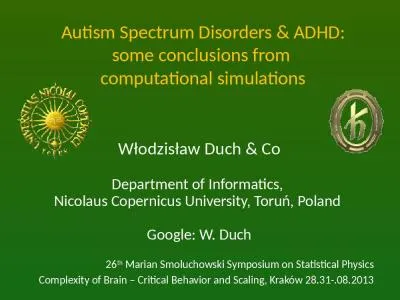PPT-ADHD and Autism: Promoting Neurodiversity in the College Classroom
Author : LoneWolf | Published Date : 2022-07-28
Kara Lybarger Monson Moorpark College English Professor klybargermonsonvcccdedu Multicultural Day 2018 Background ADHD and ASD are neurological disorders Research
Presentation Embed Code
Download Presentation
Download Presentation The PPT/PDF document "ADHD and Autism: Promoting Neurodiversi..." is the property of its rightful owner. Permission is granted to download and print the materials on this website for personal, non-commercial use only, and to display it on your personal computer provided you do not modify the materials and that you retain all copyright notices contained in the materials. By downloading content from our website, you accept the terms of this agreement.
ADHD and Autism: Promoting Neurodiversity in the College Classroom: Transcript
Download Rules Of Document
"ADHD and Autism: Promoting Neurodiversity in the College Classroom"The content belongs to its owner. You may download and print it for personal use, without modification, and keep all copyright notices. By downloading, you agree to these terms.
Related Documents

